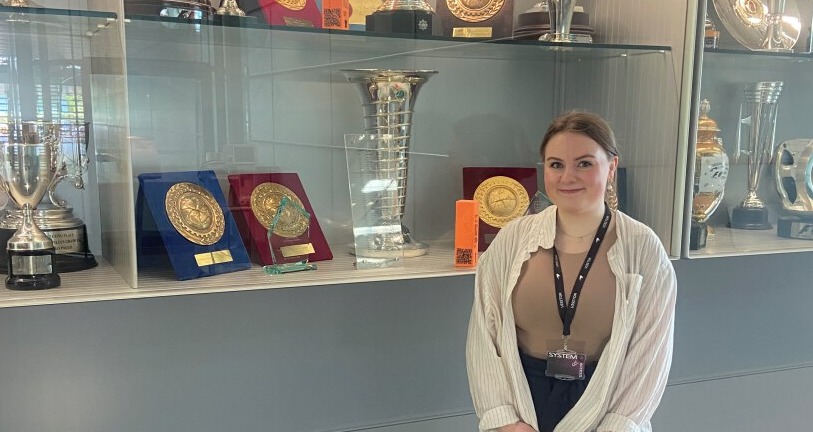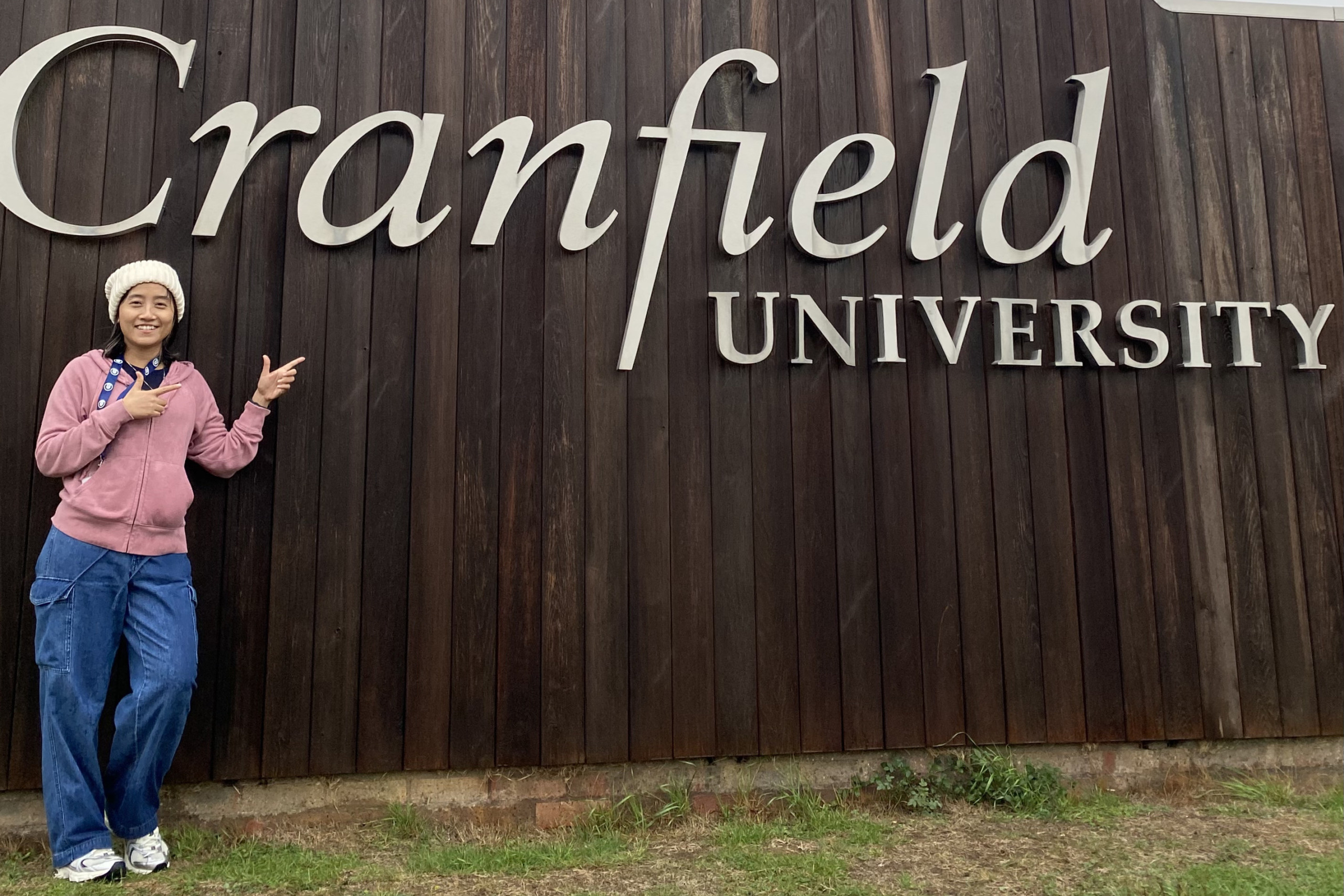Secondary referencing – citing something when you haven’t read the original… in the APA7 style
09/05/2023

So, you’re doing some research and you come across a really great quotation. You want to use it in your own text but there’s a problem. The quotation is not from the author(s) of this article, but rather from another author who is cited within your article. So what do you do?
If possible, the best thing you can do is to find and read the original source to make sure you understand the context of the extract, in which case, you would then reference the original source. But if this is not an option, fear not! This is an easy one. It’s known as secondary referencing. You are going to cite something that has already been cited in one of your references!
The way to do this in the APA7 style is to use the phrase “as cited in” within your in-text citation. So to use an idea from Richard Branson which was cited by Burns, you could write…
Branson highlights the essential role played by fun in the success of his commercial ventures (1998, as cited in Burns, 2013).
or, if you wanted to quote Branson directly…
“Fun is at the core of the way I like to do business and has informed everything I’ve done from the outset. More than any other element fun is the secret of Virgin’s success” (Branson, 1998, as cited in Burns, 2013, p. 41).
Then…
At the end of your document, your bibliography or reference list will include only the sources that you read directly, so your reference would be for Burns (2013) and would read as follows…
Burns, P. (2013). Corporate entrepreneurship: Innovation and strategy in large organizations (3rd ed.). Palgrave Macmillan.
Remember to format your reference with a hanging indent. As always, if you have any questions about referencing or citations, please contact your Library service.
Please note: Cranfield supports two different referencing styles – APA7 (Author-date) and Numbered (NLM). Please make sure you use the style preferred by your supervisor or lecturer. The advice above relates only to the APA7 style. If you have any questions about referencing, please contact the Library.
Feature image from Pixabay. Available at https://cdn.pixabay.com/photo/2016/06/01/06/26/open-book-1428428_960_720.jpg
Categories & Tags:
Leave a comment on this post:
You might also like…
Preparing for assignments and exams?
Sorry! We know it seems a bit mean to mention the exams in January rather than looking forward to the break before it! However, we know many of you will be thinking about your forthcoming ...
Screening for FTSE 100 companies on Bloomberg
So you’re researching an index and need some data on its constituent companies? Bloomberg’s Equity Screening tool makes light work of this, not just for the FTSE, but for indices, exchanges and sectors worldwide. Type EQS ...
Accelerating my future: How Cranfield put me on the fast track to automotive safety innovation
Hello! I’m Michaela Kaiser, and I’m thrilled to share my journey studying abroad. I’m from Calgary, Canada, and I recently graduated from Cranfield’s MSc Automotive Engineering course. My path to Cranfield ...
From Myanmar to Cranfield: My path to Renewable Energy
As someone who is passionate about sustainability, my career goal is to build a path in the renewable energy sector. My aspirations comes from the benefits of developing sustainable energy sources and ensuring energy ...
From lifelong dream to circular economy leader: Q&A with Himesha Randeni on the Environmental Management for Business MSc
What does it take to turn a lifelong passion for the planet into a fulfilling and impactful career? For Himesha Randeni, the answer was the Environmental Management for Business MSc at ...
Library services over the Christmas period
Kings Norton Library will be open 24/7 throughout the holiday period as a study space. Library staff will work until 6pm on Friday 19 December and will resume their normal working hours from 9am on ...






